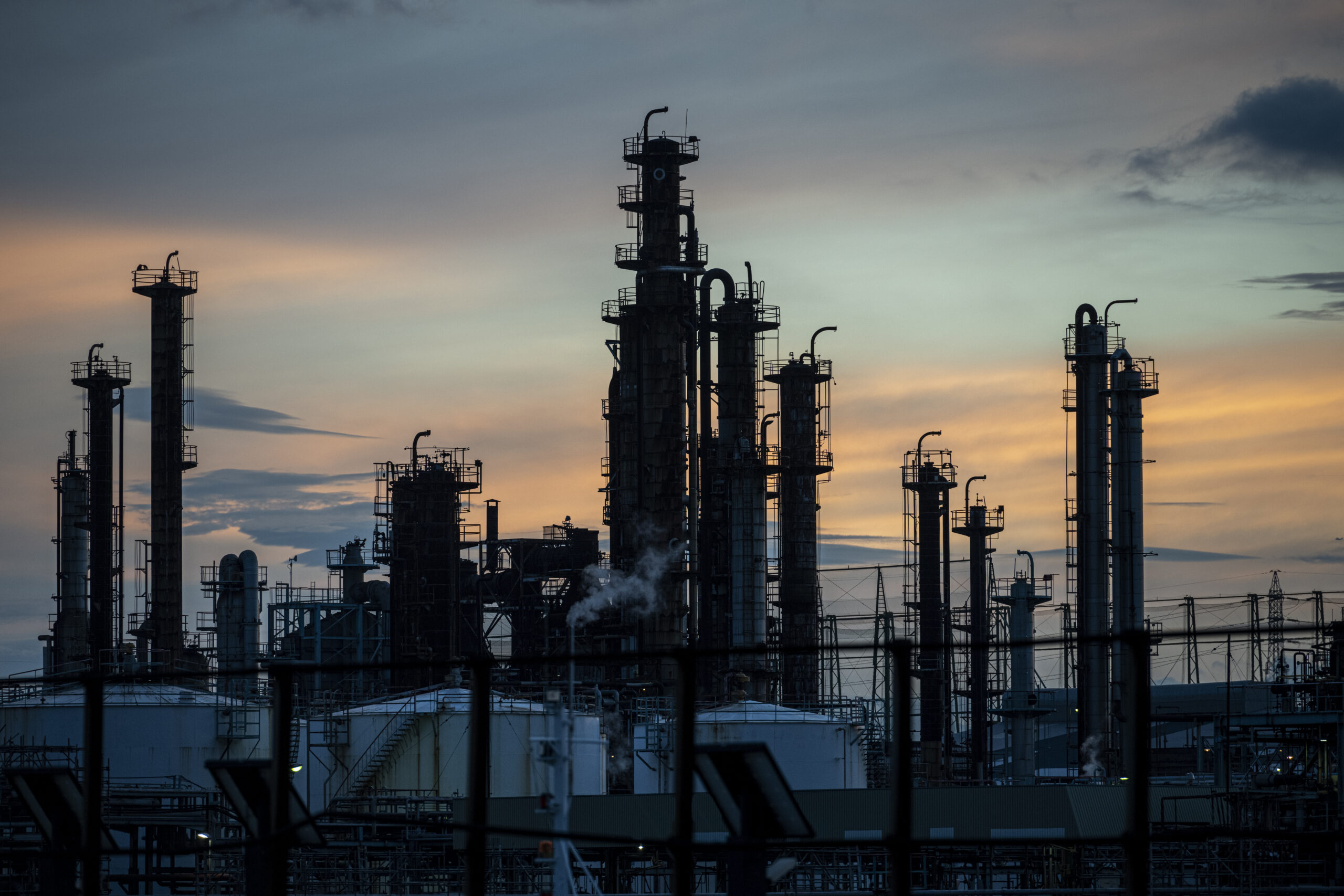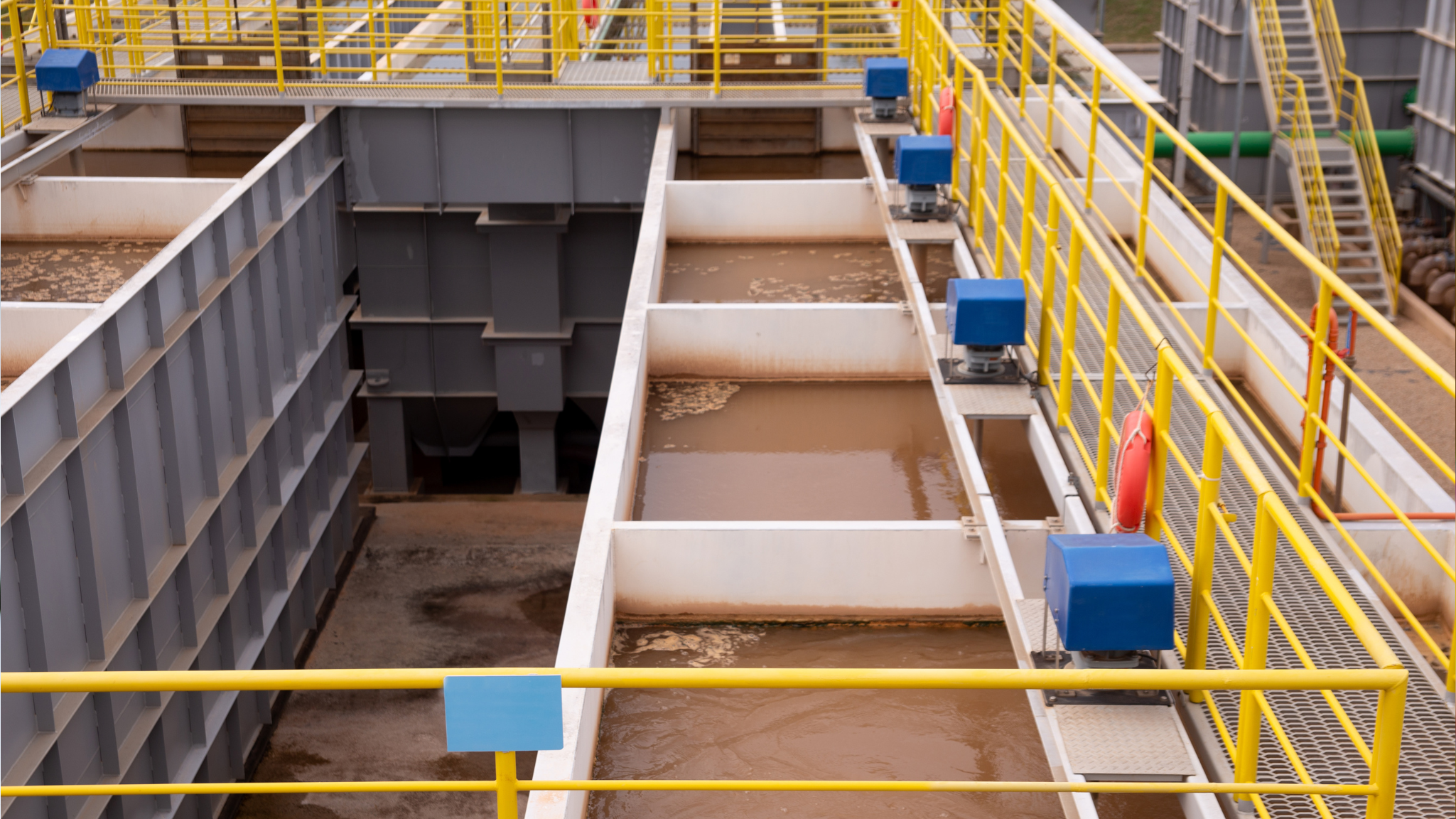Table of Contents
Introduction
Corrosion management in oil and gas is a critical aspect of the oil and gas industry. It involves strategies and practices aimed at preventing, controlling, and mitigating corrosion in oil and gas infrastructure. This article provides an in-depth look at the importance, challenges, and solutions involved in managing corrosion in this vital sector.
Understanding Corrosion in Oil and Gas Operations
Corrosion management in oil and gas operations can lead to equipment failure, safety hazards, and significant financial losses. It typically occurs due to the interaction between metallic materials and their environment, which can be exacerbated by factors such as the presence of water, temperature changes, and the composition of the extracted materials. Effective Corrosion management in oil and gas is essential to maintain the integrity and longevity of oil and gas infrastructure.
What causes corrosion in oil and gas operations, and why is its management crucial?
to prevent equipment failure, ensure safety, and avoid economic losses.
Corrosion in oil and gas operations is primarily caused by the interaction between metals and environmental factors like water and temperature. Managing it is crucial
Effective Corrosion management in oil and gas in the oil and gas industry involves a combination of material selection, protective coatings, corrosion inhibitors, and regular monitoring. Choosing the right materials that can withstand the operational environment is the first line of defense. Protective coatings and corrosion inhibitors provide additional layers of protection. Regular inspection and maintenance are also crucial to identify and address any corrosion issues promptly.
Challenges in Corrosion Management
One of the primary challenges in corrosion management in the oil and gas sector is the harsh and variable environments where operations take place. From high-pressure, high-temperature wells to offshore platforms exposed to salty seawater, each environment presents unique challenges. Additionally, ensuring cost-effective corrosion management without compromising on safety and efficiency is a constant balancing act for industry operators.
What challenges does the oil and gas industry face in managing corrosion?
The industry faces challenges such as harsh operational environments, varying conditions like high pressure and temperature, and the need to balance cost-effectiveness with safety and efficiency.
Technological Advancements in Corrosion Management
Technological advancements have significantly improved corrosion management in the oil and gas industry. Innovations include the development of more durable and corrosion-resistant materials, advanced coatings, real-time monitoring systems, and predictive maintenance technologies. These advancements allow for more proactive and efficient management of corrosion, reducing downtime and extending the life of assets.
How have technological advancements impacted corrosion management in oil and gas?
Technological advancements have led to the development of more resilient materials, advanced coatings, real-time monitoring, and predictive maintenance, enhancing the effectiveness of Corrosion management in oil and gas
Environmental and Safety Implications of Corrosion Management
Effective corrosion management not only prevents economic losses but also has significant environmental and safety implications. Unchecked corrosion can lead to catastrophic failures, resulting in oil spills and other environmental disasters, as well as posing serious safety risks to personnel. Therefore, robust corrosion management is integral to ensuring environmental protection and the safety of workers in the oil and gas industry.
Conclusion
Corrosion management in the oil and gas industry is a complex but essential task. It requires a multifaceted approach involving the right materials, protective measures, and advanced technologies. With the constant evolution of methods and technologies, the industry continues to enhance its ability to effectively manage corrosion, ensuring the safety, efficiency, and sustainability of its operations.




